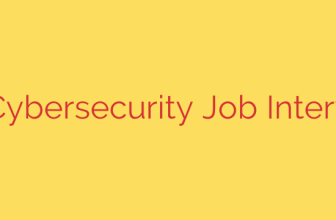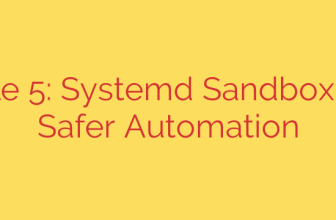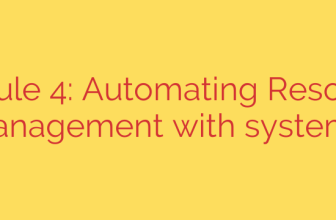
Red Hat Thwarts Attack on Developer Infrastructure: A Deep Dive into the Recent Security Incident
In a significant cybersecurity event, Red Hat successfully detected and neutralized a targeted attack aimed at its developer infrastructure. The incident, which was identified on May 30, 2024, underscores the growing threat of credential theft and the critical importance of securing the software supply chain. While the attack was contained without impact on official Red Hat products, services, or customer data, it offers valuable lessons for organizations everywhere.
This security event highlights a sophisticated attempt to compromise internal systems, initiated not by a complex software vulnerability, but through a common and highly effective vector: stolen employee credentials.
Dissecting the Attack: How It Happened
The intrusion began when an attacker gained access to Red Hat’s internal GitLab instance—a platform used for code collaboration and development. The investigation revealed that the initial point of entry was a set of compromised employee credentials.
Here are the key elements of the incident:
- The Entry Point: The attacker successfully used valid credentials belonging to Red Hat employees to log into developer systems. This highlights the persistent danger of credential-based attacks.
- The Likely Cause: Evidence suggests the credentials were stolen through infostealer malware that infected a personal or otherwise unmanaged system. This is a stark reminder that the security perimeter extends beyond corporate-managed devices to any machine an employee uses to access company resources.
- The Attacker’s Goal: Once inside, the threat actor attempted to access sensitive infrastructure, including parts of the company’s build and release systems. Their primary objective appeared to be gaining a foothold within the software development lifecycle.
- The Outcome: Red Hat’s security team detected the anomalous activity and took immediate action. The investigation confirmed that no Red Hat systems, customer data, or company services were compromised. The attack was effectively contained before it could escalate.
It is also important to note that this incident is entirely separate and unrelated to the recent XZ Utils supply chain attack. However, it does emphasize the intense focus attackers are placing on infiltrating the core development processes of major software providers.
A Wake-Up Call for Securing Developer Environments
This incident serves as a crucial case study in modern cybersecurity. Attackers are increasingly shifting their focus from targeting customer-facing systems to the “factory floor” where software is built. By compromising developer accounts and tools, they can potentially inject malicious code, steal intellectual property, or disrupt the entire software supply chain.
The fact that Red Hat’s security monitoring and incident response capabilities were able to quickly identify and shut down the intrusion demonstrates the value of a defense-in-depth strategy. Proactive detection, rather than just prevention, proved to be the key to mitigating damage.
Key Takeaways and Actionable Security Best Practices
Every security incident offers an opportunity to learn and strengthen defenses. Based on the details of this event, here are several critical security measures every organization should prioritize:
Enforce Mandatory Multi-Factor Authentication (MFA): The single most effective defense against credential theft is strong MFA. By requiring a second form of verification, you can block attackers even if they manage to steal a password. Ensure MFA is enabled across all critical systems, especially developer tools, VPNs, and cloud consoles.
Secure the Software Supply Chain: Your CI/CD pipelines, code repositories, and build servers are high-value targets. Implement strict access controls, conduct regular security audits of your development tools, and monitor for unusual developer activity, such as code check-ins from unexpected locations or at odd hours.
Address the Risk of Unmanaged Devices: The “Bring Your Own Device” (BYOD) culture introduces significant risks. It’s crucial to have clear policies and technical controls for personal devices that access corporate resources. Consider implementing endpoint detection and response (EDR) solutions or using sandboxed environments to isolate corporate applications.
Prioritize Proactive Detection and Response: Prevention is important, but detection is essential. Rapid detection and a well-practiced incident response plan are crucial to minimizing damage. Invest in robust logging and monitoring solutions that can flag anomalous behavior, such as logins from new geolocations or unusual access patterns within developer platforms.
Ultimately, the Red Hat incident is a testament to the fact that even the most security-conscious organizations are constant targets. It reinforces that the human element remains a primary attack vector and that securing developer environments is no longer optional—it is a fundamental requirement for protecting your products and your customers.
Source: https://www.bleepingcomputer.com/news/security/red-hat-confirms-security-incident-after-hackers-breach-gitlab-instance/








